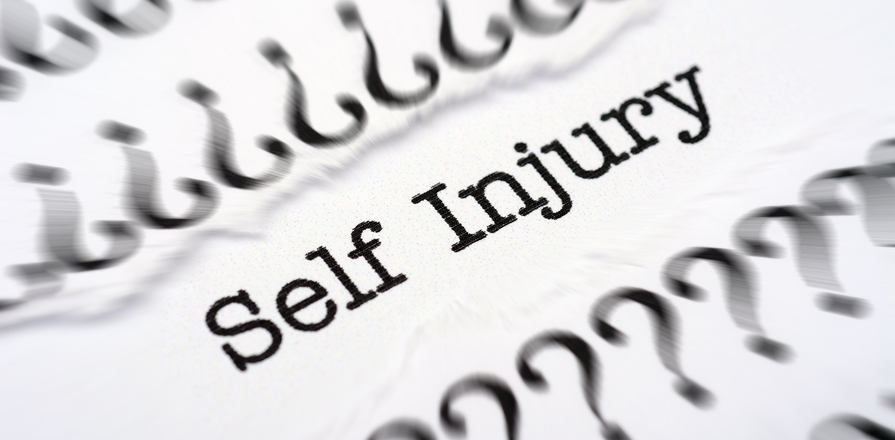Self-Injurious Behaviour in Fragile X Syndrome
Self-injurious behaviour is common in individuals with fragile X syndrome
The term self-injurious behaviour refers to any non-accidental behaviour that has the potential to cause damage such as reddening, bruising, bleeding or hair loss. For example, accidentally bumping your head on the wall would not be classed as self-injury whereas intentionally hitting your head on the wall would.
What is the prevalence of self-injurious behaviour in fragile X syndrome?
Around half of individuals with fragile X syndrome will display some form of self-injurious behaviour (SIB), with males having a greater tendency to self-injure than females. One study showed that individuals with fragile X syndrome were three times more likely to show self-injurious behaviour than a comparison group of individuals with intellectual disability without fragile X syndrome.
Self-injurious behaviour in fragile X syndrome tends to start in infancy, around the age of 31 months, and persists into adulthood. However, it has been shown that after the age of 19, the percentage of individuals with fragile X syndrome who self-injure gradually decreases.
What forms of self-injurious behaviour are common in fragile X syndrome?
Each individual with fragile X syndrome will show different forms of self-injury, but some behaviours are more commonly shown than others.
Biting, particularly of the fingers and the back of the hands, has be shown to be the most common form of self-injury in fragile X syndrome, and individuals with fragile X syndrome are three times more likely to show hand-biting than a comparison group with intellectual disability. Rubbing and scratching are also common self-injurious behaviours in individuals with fragile X syndrome.
What factors contribute to the presence of self-injurious behaviour?
Research has shown that individuals with fragile X syndrome are more likely to engage in self-injurious behaviour when there is an unexpected change to a routine or difficult task demands are placed on them.
Certain risk factors have been identified as increasing the likelihood and persistence of self-injurious behaviour in individuals with fragile X syndrome, these are:
Even if the individual has some of these characteristics, it does not necessarily mean they will self-injure. Likewise, if the person does not have a high occurrence of these behaviours, they may still engage in self-injurious behaviour.
In the video below, Caroline Richards discusses some of the risk factors associated with challenging behaviour in genetic syndromes.
Self-injurious behaviours are reported to reach a plateau in late childhood and stay the same during early adulthood.
Download Original Research Article




